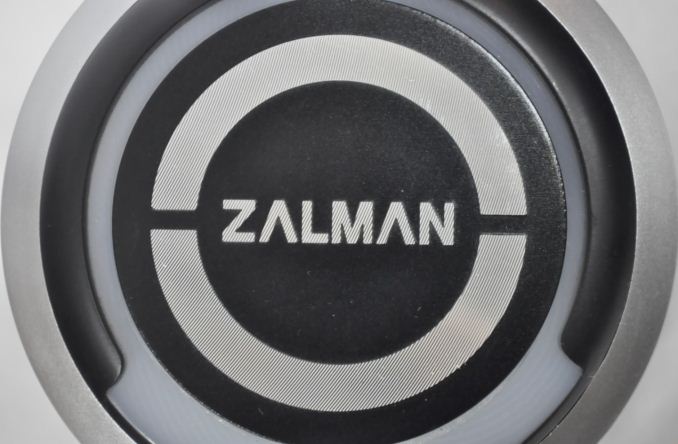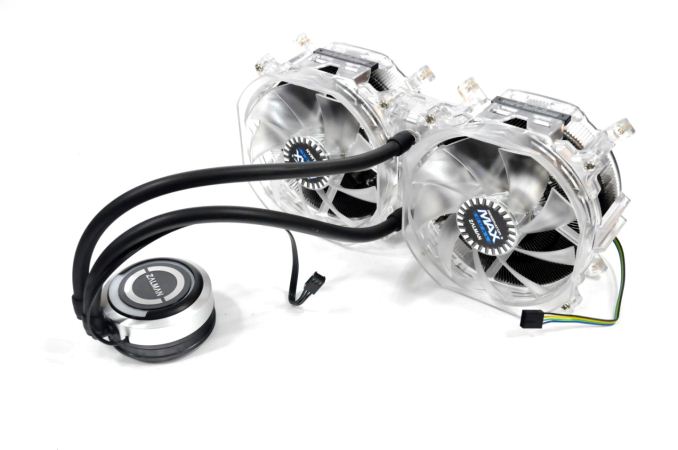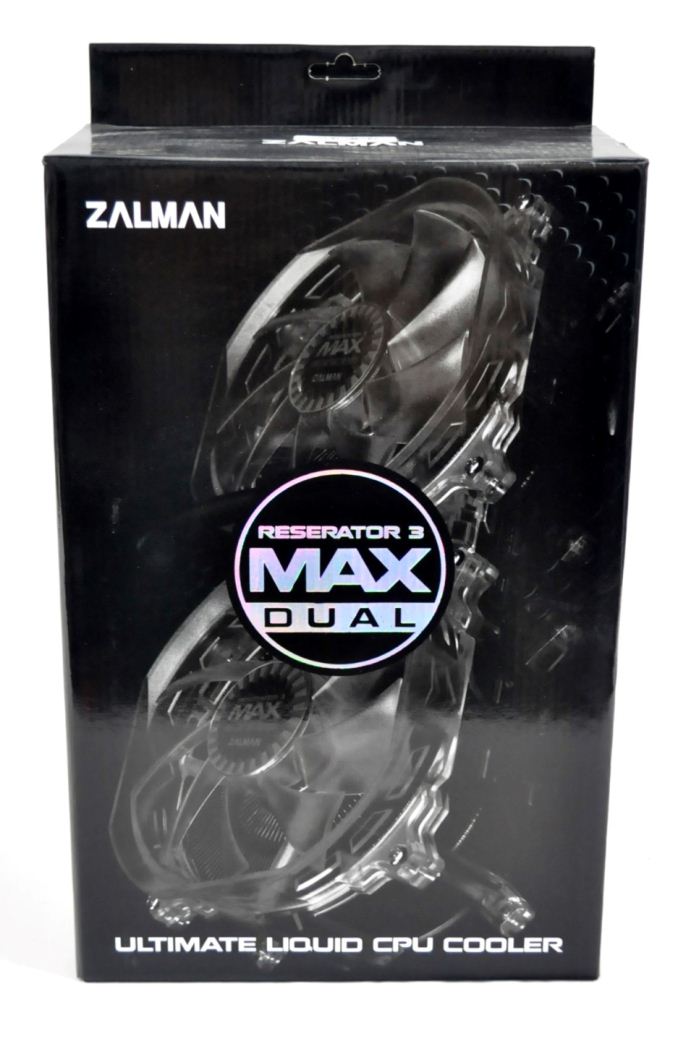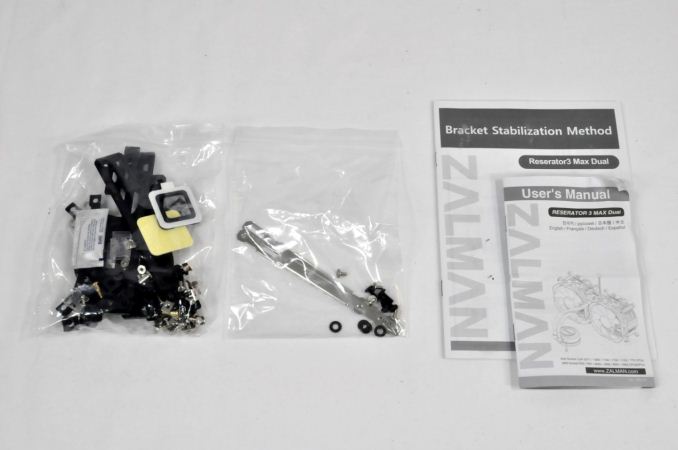Zalman Reserator 3 Max Dual CPU Cooler Review
by E. Fylladitakis on August 19, 2014 6:00 PM EST
Introduction
A few months ago, we had a look at many all-in-one liquid cooling solutions, ranging from low cost solutions to enthusiast-grade products. However, regardless of their size and capabilities, all of those kits were quite similar to each other. Today we have something that truly stands out from the crowd, Zalman's latest liquid-cooling solution, the Reserator 3 Max Dual.
Zalman's engineers are no amateurs when it comes to liquid cooling; they actually are one of the first companies that shipped liquid cooling solutions as complete retail products, so they have extensive experience in that particular field. The Reserator 3 Max Dual is being advertised as the "Ultimate Liquid CPU Cooler" and it currently retails for $140 including shipping, making it one of the most expensive all-in-one solutions available. It's clearly aimed at overclockers and enthusiasts, but is Zalman's newest creation worthy of such a heavy title and premium price? We will find out in this review.
Packaging and bundle
We received the Reserator 3 Max Dual in a large, dark cardboard box with little aesthetic appeal, as the artwork is based on a picture of the radiator. Blister plastic packaging protects the cooler inside the box. The bundled items are supplied into two plastic bags, entirely unorganized. Besides the hardware required for the mounting of the cooler and the instruction manuals, Zalman does not provide anything else. The thermal paste is the weak link of the bundle, as only a single dose of average thermal paste is supplied, when most users would expect at least a small syringe with high-quality thermal paste with such a premium product.













52 Comments
View All Comments
mickulty - Wednesday, August 20, 2014 - link
"Although we cannot fully explain why, it seems that the Reserator 3 Max Dual cannot dissipate high quantities of thermal energy quickly enough."Could it be something to do with the overlapping cooling path?
E.Fyll - Wednesday, August 20, 2014 - link
Although I cannot really calculate it, I believe that the surface of the pipes is simply much smaller than the surface of a classic two-pass radiator. Therefore, even though it can dissipate heat very quickly via its sizable fin area, the surface between the array and the tubing is not sufficient to maintain a very large energy transfer.This simply is an assumption on my part and is not based on any form of evidence.